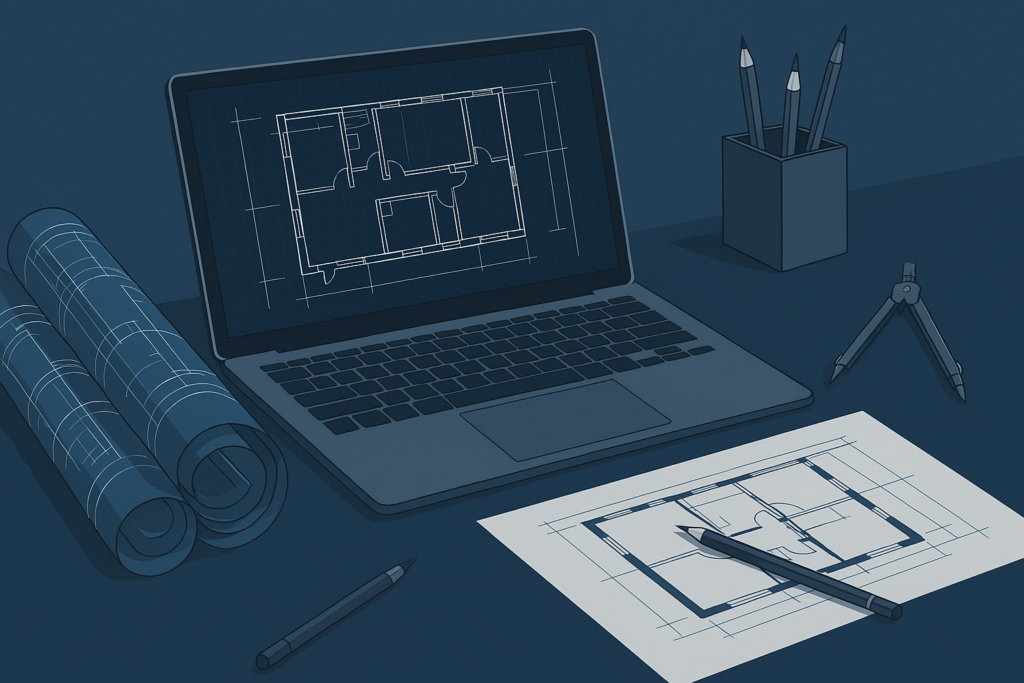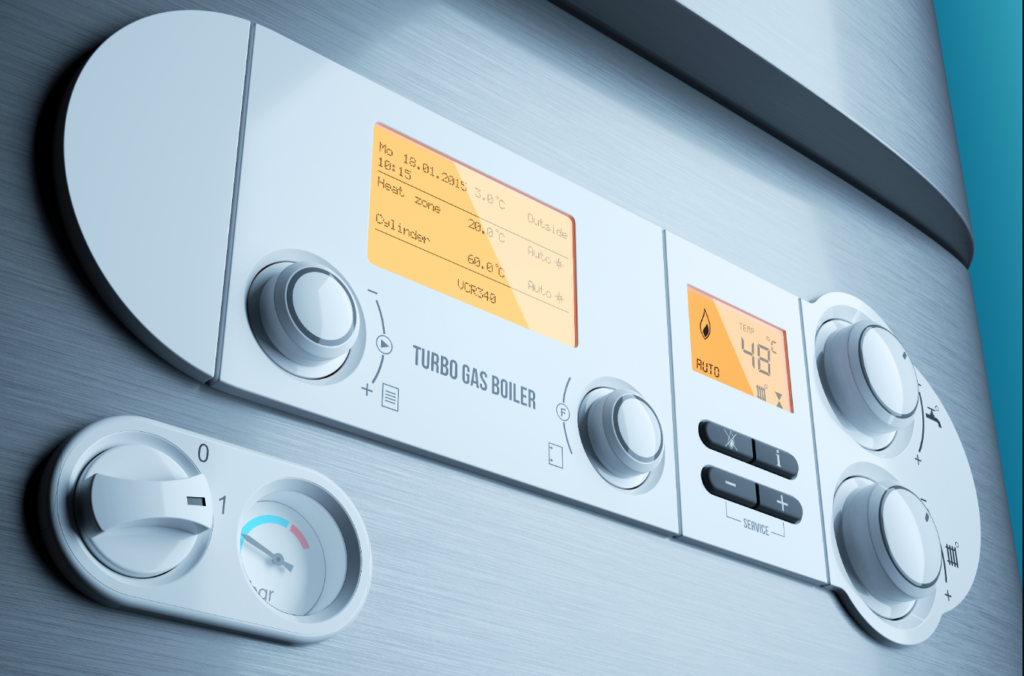Calculating the area of a circle is one of the most essential concepts in mathematics, engineering, design, and construction. Circles are everywhere in real life—from wheels and pipes to round tables, plates, and garden layouts. Accurately determining the area of a circle is crucial for material estimation, spatial planning, and design efficiency. An area calculator for circle simplifies this process by providing instant, precise results without the need for manual calculations or memorization of formulas. This tool is useful for students, professionals, and anyone who works with circular spaces.
Understanding the Area of a Circle
The area of a circle refers to the amount of space enclosed within its circumference. It is measured in square units, such as square meters, square centimeters, square inches, or square feet. The area depends on the radius of the circle, which is the distance from the center to any point on the circumference.
The formula for calculating the area of a circle is:
Area = π × radius²
Where π (pi) is approximately 3.14159. This formula allows for quick and accurate calculations, whether you are working with small objects or large circular plots of land.
Importance of Circle Area Calculations
Calculating the area of a circle is important in many scenarios. In construction, it helps estimate materials for circular flooring, windows, and round structures. Engineers use area calculations to design mechanical parts like gears, wheels, and discs. Architects incorporate circular designs in modern buildings and landscapes, requiring precise area measurement. In education, learning how to calculate the area of a circle strengthens students’ understanding of geometry and prepares them for advanced topics such as trigonometry and calculus.
Common Uses of Circle Area Calculations
Education
Students frequently study circles in geometry classes, where understanding radius, diameter, circumference, and area is fundamental. Teachers often use digital calculators to demonstrate how changes in radius affect the total area, helping students visualize mathematical relationships more clearly.
Architecture and Interior Design
Architects and interior designers use area calculations to plan circular features in buildings, such as round tables, domes, windows, and decorative elements. Accurate area measurement ensures efficient use of materials and helps maintain aesthetic balance in designs.
Construction and Landscaping
Circular areas are common in construction and landscaping projects, including fountains, round patios, playgrounds, and gardens. Calculating the area accurately is essential for estimating the amount of materials like concrete, grass, tiles, or soil needed to complete the project.
Engineering and Manufacturing
Engineers and manufacturers deal with circular components regularly. Wheels, gears, pipes, and circular metal or plastic sheets all require precise area measurements to ensure proper sizing, functionality, and material efficiency. An accurate area calculation minimizes material waste and ensures design integrity.
Agriculture
Farmers and land planners often use circular irrigation systems and crop plots. Calculating the area of circular fields allows for proper water distribution, optimal planting, and efficient resource management.
How an Area Calculator for Circle Works
An area calculator for circle is a digital tool that simplifies the process of finding the area. Users enter the radius (or diameter, in some calculators) of the circle, and the calculator applies the formula π × radius² to provide an instant result. Many online calculators also allow unit conversion, enabling users to switch between meters, centimeters, inches, or feet depending on the project’s requirements.
Advantages of Using a Circle Area Calculator
-
Accuracy: Eliminates errors that can occur with manual calculations.
-
Speed: Provides instant results for quick decision-making.
-
Convenience: Easy to use, requiring only the radius as input.
-
Unit Conversion: Allows switching between metric and imperial units.
-
Versatility: Can handle multiple calculations for different circles quickly.
These benefits make online calculators an indispensable tool for students, educators, engineers, architects, and construction professionals.
Tips for Accurate Circle Area Measurement
-
Measure Radius Precisely: Use a ruler, tape, or digital tools to measure the radius accurately.
-
Check Units: Ensure the radius and area units are consistent to avoid calculation errors.
-
Use Digital Tools for Multiple Calculations: For projects involving several circular objects, a calculator saves time and ensures accuracy.
-
Apply the Area Practically: Use the calculated area for material estimation, construction planning, or design implementation.
-
Understand the Formula: Knowing that Area = π × radius² helps users estimate results mentally for small or simple circles.
Real-Life Examples of Circle Area Calculations
-
Round Table: A circular table has a radius of 1.5 meters. Using the formula, Area = π × (1.5)² ≈ 7.07 square meters. This area is useful for deciding how much space the table will occupy in a room.
-
Circular Garden Plot: A garden has a radius of 10 meters. Area = π × 10² = 314.16 square meters. This helps determine how much soil or grass is needed to cover the area efficiently.
-
Pipe Cross-Section: An engineer needs to know the cross-sectional area of a pipe with a radius of 0.25 meters. Area = π × 0.25² ≈ 0.196 square meters. This is essential for fluid flow calculations and structural analysis.
Benefits of Using a Free Online Area Calculator for Circle
Free online calculators are widely available and provide several advantages:
-
Instant results without manual calculations.
-
Support for multiple unit conversions.
-
Easy to use, even for beginners.
-
Accessible on computers, tablets, and smartphones.
-
Can be used for educational purposes or professional projects.
Using a free online calculator ensures accuracy, saves time, and simplifies learning for students or professionals handling circular measurements regularly.
Conclusion
The area of a circle is a fundamental concept with numerous applications in education, construction, engineering, design, and agriculture. Understanding and calculating the area accurately ensures efficient resource usage, precise planning, and successful project execution. An area calculator for circle provides a fast, convenient, and reliable solution for calculating circular areas, eliminating human error and saving valuable time. Whether for classroom exercises, professional projects, or personal tasks, this digital tool is an indispensable resource for accurate circular measurements.



